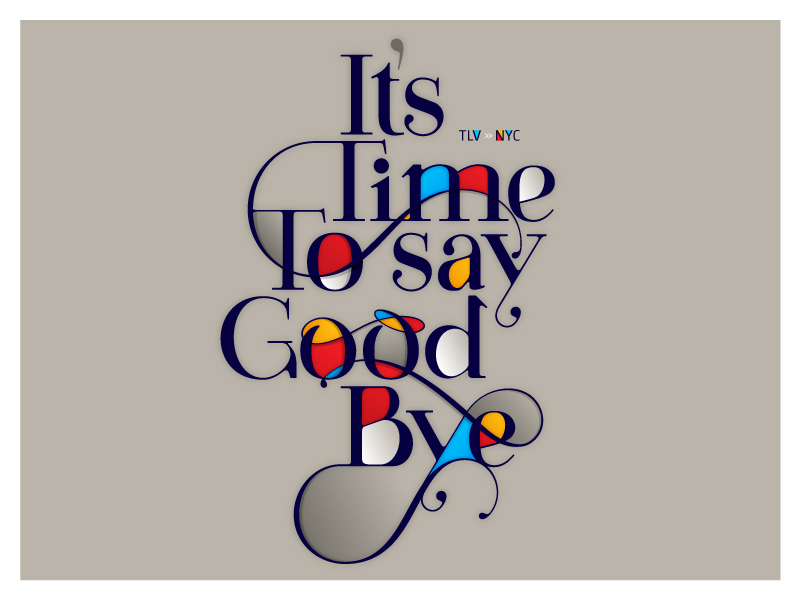Typography, the art of arranging and styling typefaces, is at the heart of design. The font styles chosen can transform a mundane piece of text into a visually appealing masterpiece. In this article, we embark on a journey to demystify the art of typography and explore the world of font styles.
The Essence of Font Styles:
Fonts styles are not just about aesthetics; they convey emotions, set the tone, and establish the identity of a design. Let’s delve into some of the most popular font styles and their characteristics:
- Serif Fonts: Timeless Elegance
- Times New Roman: A classic serif font exuding tradition and formality. It’s a staple in the world of print and academia.
- Baskerville: Known for its high contrast and refined elegance, making it suitable for editorial design.
- Sans Serif Fonts: Modern and Minimalist
- Helvetica: The epitome of simplicity and modernity. It’s widely used in branding and signage.
- Avenir: A sans serif font with a contemporary feel, ideal for corporate materials and websites.
- Script Fonts: Personal and Inviting
- Brush Script: With its casual and hand-painted appearance, it’s perfect for invitations and informal designs.
- Lavanderia: Known for its graceful and script-like characters, making it great for creative projects.
- Display Fonts: Bold and Captivating
- Impact: As its name suggests, it creates a strong impact and is often used for attention-grabbing headlines.
- Bebas Neue: A tall and bold font designed for maximum impact in advertising and branding.
- Monospaced Fonts: Precise and Technical
- Courier New: A classic monospaced font often used in technical documents, coding, and screenplays.
- Roboto Mono: A more modern monospaced font popular among coders for its readability.
Font Styles in Practice:
Understanding font styles is one thing, but knowing how to use them effectively is where the magic happens:
- Corporate Identity: Serif fonts like Baskerville exude professionalism and trustworthiness, making them suitable for law firms and businesses.
- Digital Design: Sans serif fonts like Helvetica and Avenir offer clarity and a contemporary appearance, ideal for websites and apps.
- Creative Projects: Script fonts like Lavanderia add a personal and inviting touch, making them great for invitations and artistic designs.
- Advertising: Display fonts like Bebas Neue make a bold statement, ensuring your message doesn’t go unnoticed in advertisements.
- Technical Documentation: Monospaced fonts like Courier New and Roboto Mono maintain precise character alignment, making them indispensable for technical manuals and coding.
The Art of Font Pairing:
Combining font styles is where the art of typography truly shines. Designers often pair fonts for contrast, harmony, and hierarchy. For instance, using a bold display font for headlines and a clean sans serif for body text creates a compelling visual contrast.
Conclusion: Mastering Typography:
The world of font styles is rich and diverse, offering a broad spectrum of choices for designers to express themselves and convey messages effectively. Mastering typography requires an understanding of each font’s personality and an eye for combining them in creative ways. So, whether you’re designing a website, crafting a logo, or creating a wedding invitation, remember that font styles are the brushstrokes of typography that bring your design to life. Explore, experiment, and let your creativity flow in this captivating realm of fonts and letterforms.
